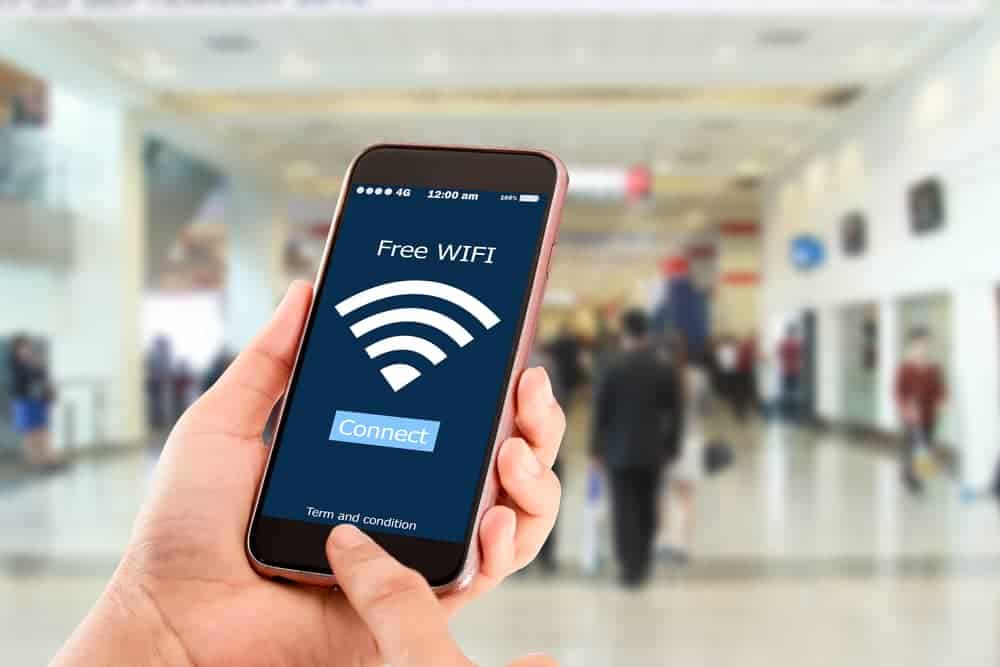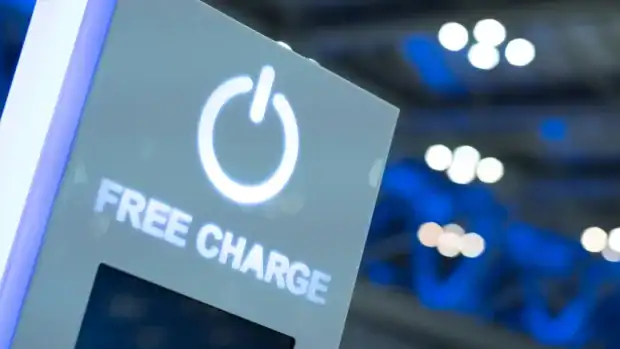As vacation season begins, millions of people hit the road or take to the skies in search of rest, adventure, or time with family. But in the excitement of planning destinations, packing bags, and booking accommodations, one critical detail is often overlooked: cybersecurity. Of all the risks travelers face, few are as pervasive and underestimated as the danger of unsecured public Wi-Fi networks.
Public Wi-Fi is practically everywhere—airports, hotels, cafes, conference centers, and even airplanes. It’s convenient, often free, and essential for checking email, booking rides, using navigation, or uploading travel photos. But that convenience comes with serious risk. Most public Wi-Fi networks lack the encryption and security protocols that private networks use. This makes them prime hunting grounds for cybercriminals.
One of the most common threats is the man-in-the-middle (MITM) attack. In this scenario, a hacker intercepts the communication between your device and the Wi-Fi network. You may think you’re securely accessing your bank account or sending an email, but in reality, your data is being silently siphoned off. Everything from login credentials and credit card numbers to emails and private messages can be captured.
Even more dangerous is when cybercriminals set up rogue Wi-Fi hotspots—networks designed to look legitimate (e.g., “Hotel_Guest_WiFi” or “Free_Airport_WiFi”). Unsuspecting users connect without realizing that the entire network is controlled by the attacker, giving them full visibility into every action taken on that connection.
The threats don’t stop at data theft. In some cases, attackers inject malicious code or spyware directly into your device over the network, allowing them to monitor your activity even after you’ve disconnected from the Wi-Fi. This kind of infection could lead to longer-term compromise of your systems, identity theft, or exposure of sensitive work data.
The illusion of security is what makes public Wi-Fi so dangerous. Unlike phishing emails or suspicious links, which savvy users have learned to avoid, connecting to public Wi-Fi doesn’t feel risky. But it is—especially when travelers let their guard down.
Fortunately, there are several key strategies travelers can adopt to reduce their risk:
- Use a Virtual Private Network (VPN) – A VPN encrypts your internet traffic, making it unreadable to anyone on the network. This is the single most effective tool to protect your data on public Wi-Fi.
- Turn Off Auto-Connect – Disable the feature that allows your phone or laptop to automatically join open Wi-Fi networks. This reduces the risk of accidentally connecting to a rogue hotspot.
- Avoid Sensitive Transactions – Never access your bank account, enter passwords, or conduct sensitive work while on public Wi-Fi. Wait until you’re on a secure, trusted network.
- Enable Two-Factor Authentication (2FA) – Even if your password is compromised, 2FA adds another layer of protection.
- Keep Devices Updated – Make sure your phone, tablet, and laptop have the latest security patches and software updates before traveling.
In today’s hyper-connected world, cybersecurity while traveling is not optional—it’s essential. By understanding the risks of public Wi-Fi and taking proactive steps, travelers can enjoy their vacations without leaving the door wide open to cyber threats.
–
Follow me on Instagram: @drericcole



